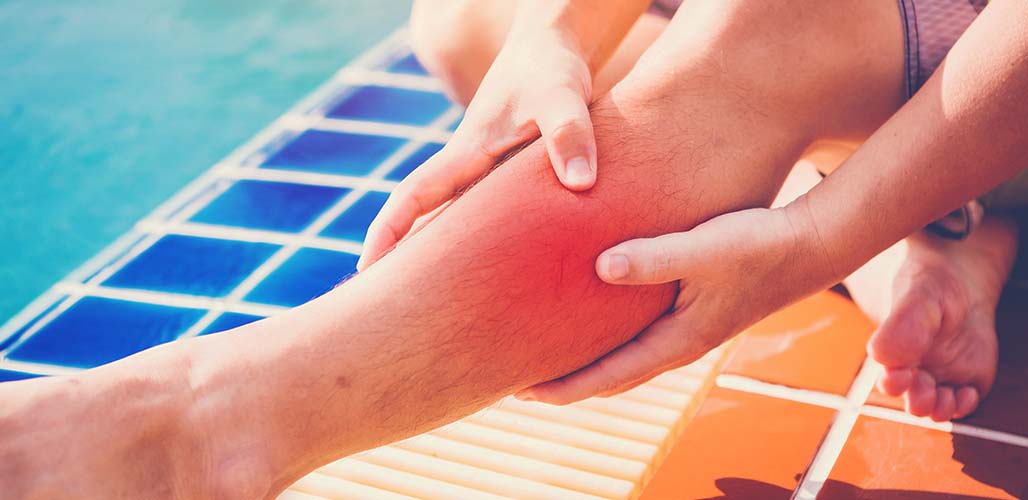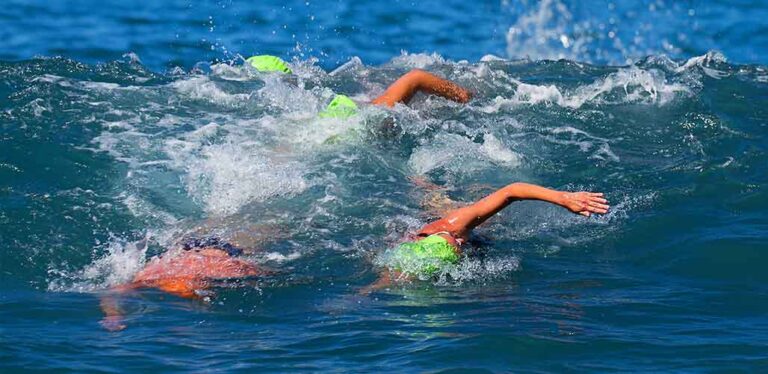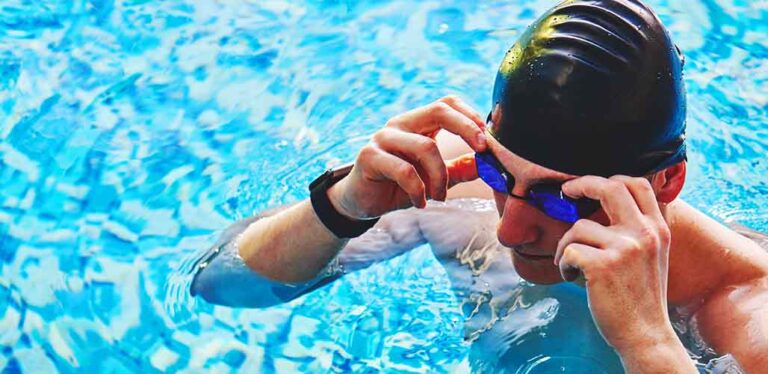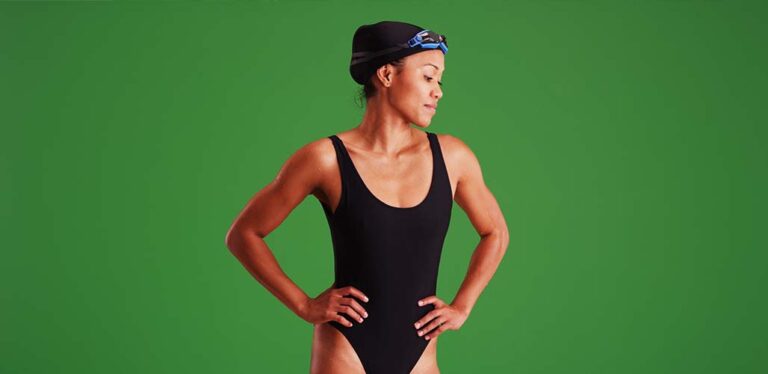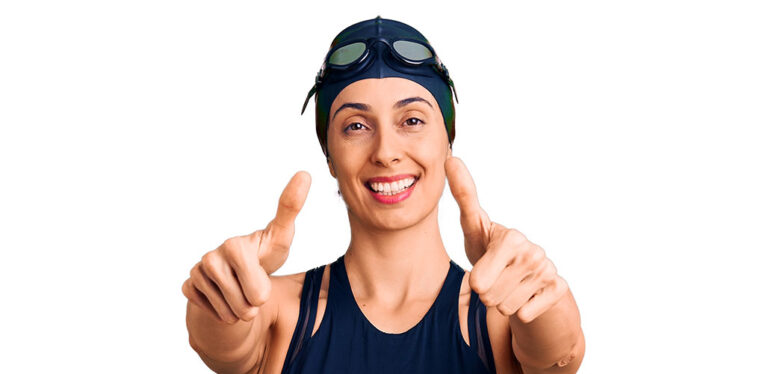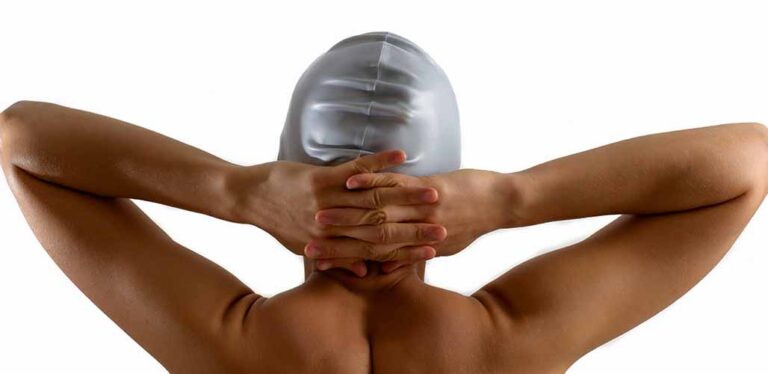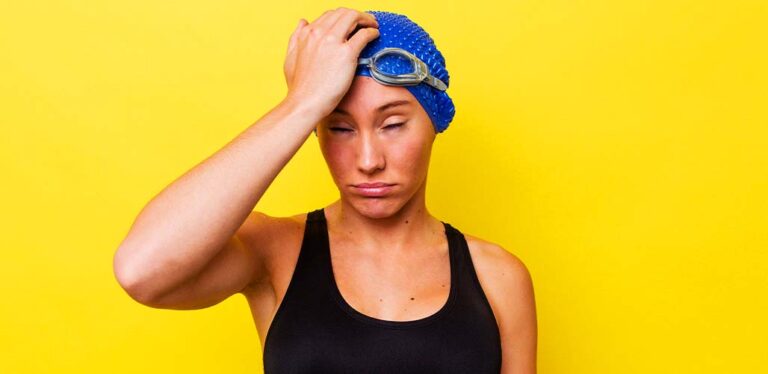Why Do My Legs Hurt After Swimming?
Why do my legs hurt after swimming? Is it something I’m doing wrong, or an unavoidable consequence of a worthwhile workout? I’m not alone – many people find that their legs ache after swimming, even if they only swim for a short period. I’ve learned there are a few things you can do to help alleviate this pain. So in this blog post, I’ll take a look at some of the possible causes of leg pain after swimming and offer some solutions to help us both get relief.
Contents
- Why do my legs hurt after swimming?
- Delayed onset muscle fatigue
- Types of swimming cramp
- Preventing aches after swimming
- Why do my legs hurt after swimming in cold water?
- How to achieve an efficient recovery after swimming
Why do my legs hurt after swimming?
Swimming is a great full body workout, but there are a handful of reasons why it might be your legs that hurt the most at the end of it. They are:
- Delayed onset muscle fatigue
- Joint pain
- Cramp
- Side effects from swimming in cold water
Delayed onset muscle fatigue
Delayed onset muscle fatigue, or DOMS, is the soreness we feel a day or two after a workout, when we use muscle groups we haven’t used for a while. For example if you do thirty lengths of the pool after a long period of not swimming at all. Or if you try swimming a different stroke than usual. DOMS is temporary and goes away of its own accord after a day or two as the muscles recover, but you can use warm baths to help ease the discomfort in the meantime.
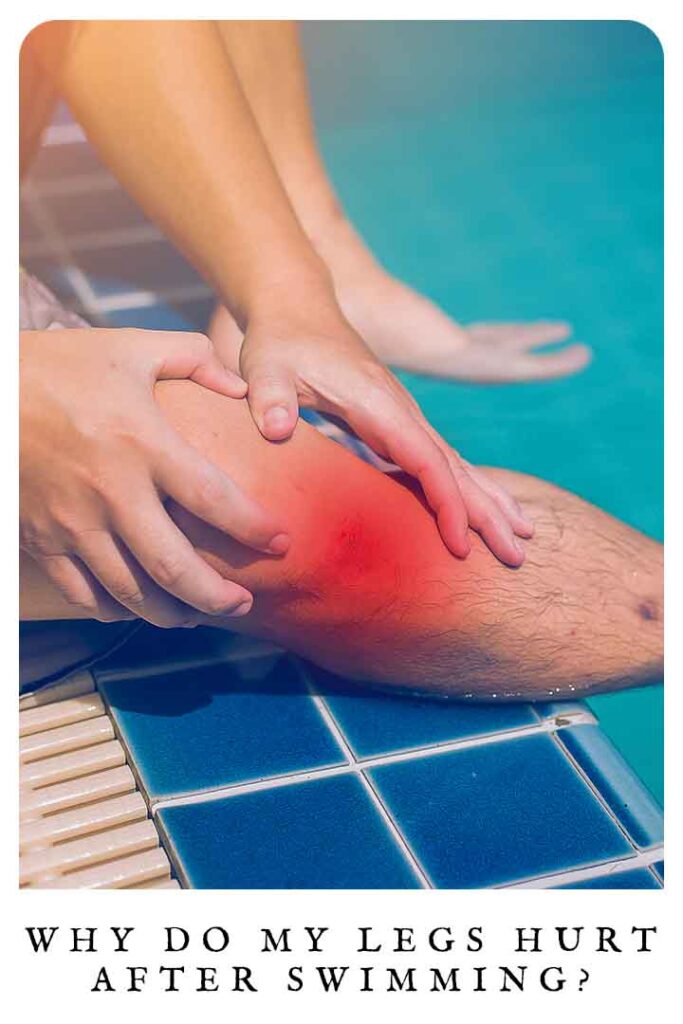
Joint pain
Swimming demands strength and flexibility in your hips, knees and ankles. If you don’t already have that strength and flexibility then swimming is an excellent way to help you develop it. But, if you work out too hard, too soon, or you start out with poor technique, it can cause pain, damage and inflammation in your joints.
If the pain in your legs feels isolated to your joints, it’s a good idea to see a doctor or physiotherapist for advice. When you’re ready to get back in the pool, arrange a one-off session with a swim coach to make sure your technique is correct, and plan a safe training regimen.
Cramp
Cramp is probably the main culprit of leg pain during and after swimming. One possible explanation for this is the frequent contraction of the leg muscles during swimming strokes.
Types of cramps swimmers get
Swimming is a full-body workout that offers a range of benefits, from improved cardiovascular health to increased muscle strength. However, repetitive movements and prolonged periods of contraction can sometimes lead to muscle cramps. Some common types of cramps experienced by swimmers include stomach cramps, calf cramps, and “armpit” cramps in the chest muscles.
Stomach cramps can result from swallowing too much water, or abdominal exertion during specific strokes like the butterfly. Calf cramps are often caused by overexertion of the calf muscles during kicks. Meanwhile, the pulling motion used in freestyle strokes can cramp the chest and armpit muscles.
Causes of muscle cramps
There are many potential causes of muscle cramps. A common culprit is overexertion, as fatigue can lead to muscles becoming strained and tightened. Other factors which can increase the likelihood of cramp during swimming are:
- Dehydration
- Poor nutrition
- Poor posture
- Being pregnant
- Some underlying medical conditions, such as liver disease
- Some medicines, such as statins and diuretics
- Getting older
Muscle cramp prevention
Although it may seem like just an annoyance, muscle cramps can have severe consequences and can even lead to injury. The good news is that there are several steps you can take to prevent cramping during physical activity. Pay attention to any patterns that may indicate a potential cause and consult with a healthcare professional if the cramping becomes severe or occurs frequently. Taking preventive measures, such as staying hydrated and stretching before exercise, can help reduce the likelihood of experiencing muscle cramps.
Stretching before and after swimming helps to warm up and cool down the muscles, making them less prone to cramping. Finally, listen to your body and give yourself adequate rest between swim sessions to ensure that your muscles have time to recover properly. These precautions can go a long way in preventing muscle cramps and keeping you safe while exercising.
Treating a cramp mid-swim
One of the most common swimming injuries is muscle cramping, often in the abdominal or leg muscles. While some cramps can be stretched out at the end of your work out, others may require more immediate attention to prevent further discomfort.
So what should you do if a cramp strikes mid-swim? First, find a spot where you can safely stop and take a break. Gently massage the affected muscle and stretch it out if possible. Hydration is also crucial, so drink plenty of water before, during, and after your swim session. It may also help to consume electrolyte-rich foods or drinks, as electrolyte imbalances can contribute to cramping. In severe cases or if you experience recurring cramps, it’s best to consult a medical professional for advice and treatment options. By taking these steps, you’ll be better prepared to handle any potential cramps and keep enjoying your time in the water.
Why do my legs hurt after swimming in cold water?
Swimming in very cold water has several unique effects on the body, some of which specifically affect the legs and can cause leg pain after getting out of the water:
- Firstly, cold water cause muscles to contract, which can increase the possibility of cramp.
- Secondly, since our legs are larger than our arms, and usually work less than our arms and shoulders during swimming, they tend to cool down more during cold water swimming and also take longer to warm back up.
- Exposure to water can cause permanent nerve pain and damage to the capillaries, especially at our extremities (our hands and feet).
- Extreme cold can cause urticaria on the legs, or ‘cold hives’. Essentially, an allergic reaction to the sudden change in temperature, characterized by redness, swelling, itchiness and pain.
Some of these side effects of swimming in cold water can be avoiding by acclimating to it gradually over several months. We’ll link to more resources about cold water swimming at the bottom of this article!
Ways to recover after a swim
Swimming is a great workout that can strengthen muscles and improve cardiovascular health, but it’s important to remember to recover properly after a swim session. A cool-down period, including gentle stretching, can help to prevent muscle tightness and aches. It’s also essential to replenish lost fluids and electrolytes by drinking plenty of water or a sports drink.
Spending time in the sauna or a hot shower can also help the body relax and recover after being in the water. And lastly, be sure to listen to your body and take a rest day if needed before jumping back into the pool. By taking these steps, swimmers can maintain their physical health and enjoy continued success in the water.
Why do my legs hurt after swimming – summary
There are several possible causes of leg pain after swimming, the most common of which is probably swimmers’ cramp. Muscle cramps are a common swimming injury that can have severe consequences. However, there are several steps you can take to prevent cramping during physical activity. Stretching before and after swimming, staying hydrated, and refuelling with electrolytes can all help to prevent cramps.
Even though it may be tempting to push through pain during your workout, it’s important to remember that rest is just as crucial for muscle recovery and growth. So next time your legs start to ache after a swim, don’t underestimate the power of a good stretch and some well-deserved rest.
If you suffer from leg aches after swimming, use the comments box down below to share your experience with other swimmers.
Don’t miss
- Reasons to fall in love with cold water swimming
- Is it normal to get a headache after swimming
- Healing arm pain after swimming
- Is it OK to plug my nose when I swim?
- How swimming makes you hungry, and what to eat next

